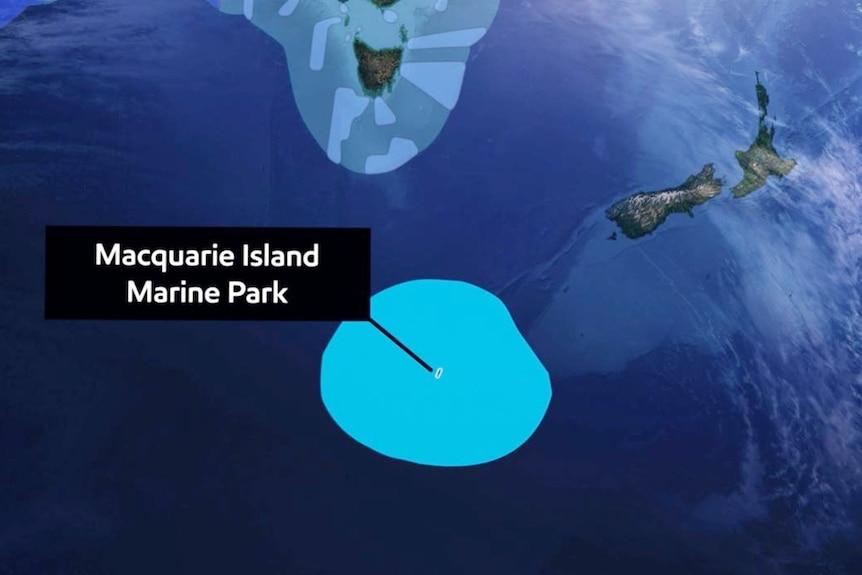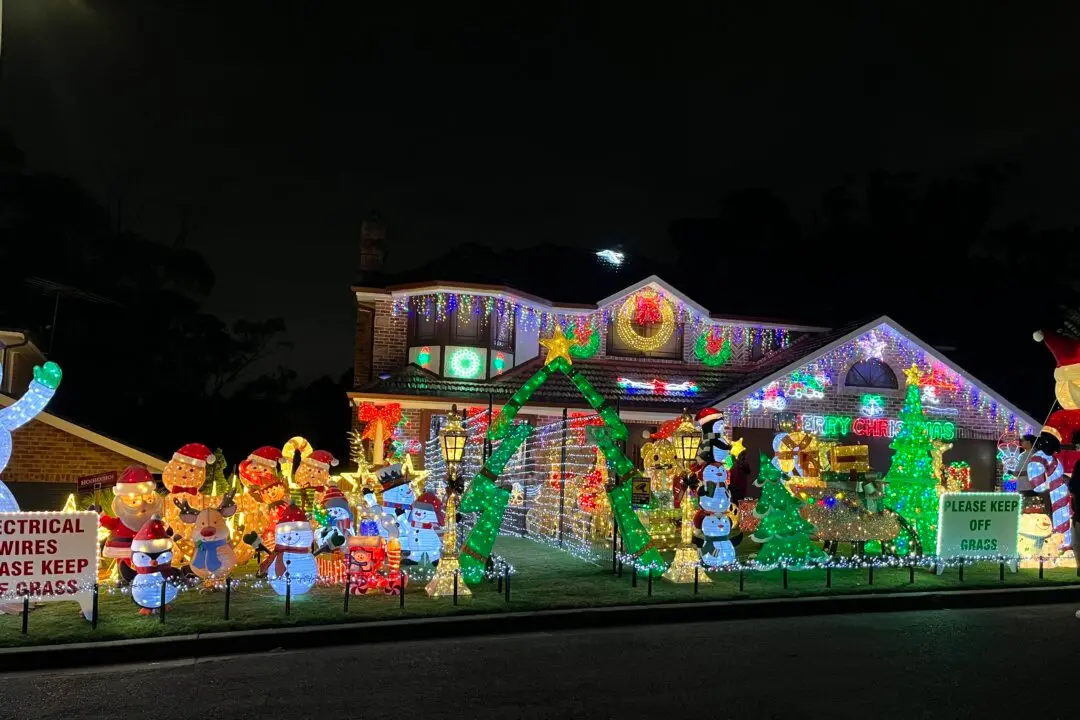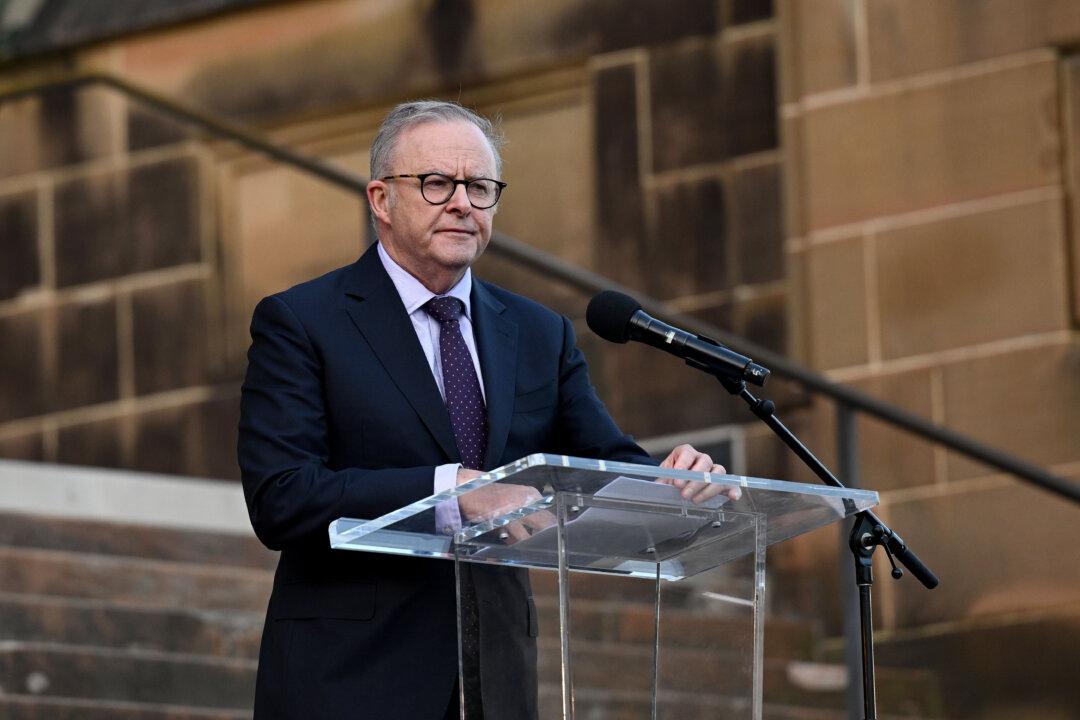Australia is set to triple the size of its marine park on Macquarie Island, making it far larger than Japan.
After rejecting an application for fisheries to trawl through the new Macquarie Island Marine Park, Australia’s federal environment minister Tanya Plibersek signed off on a final design for the expansion on June 5, which will allow two fisheries to continue operating.




